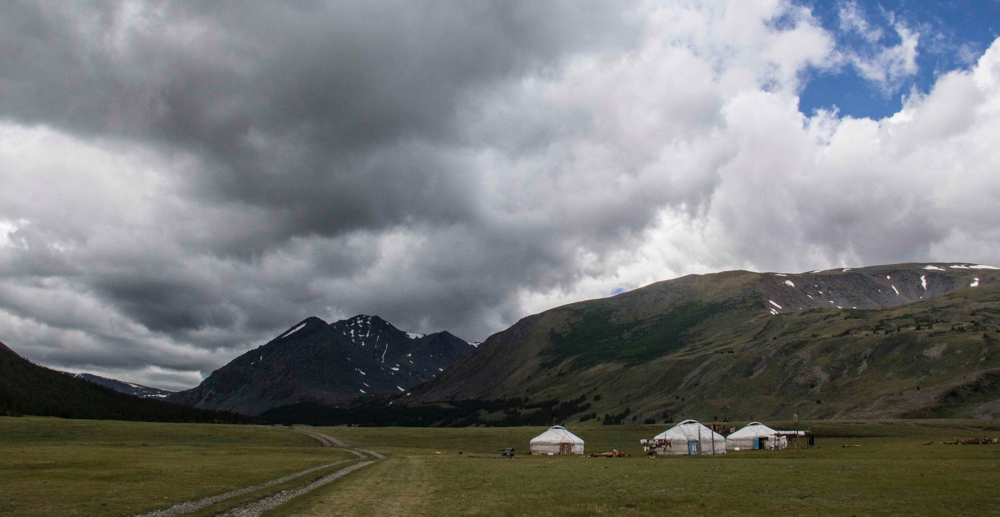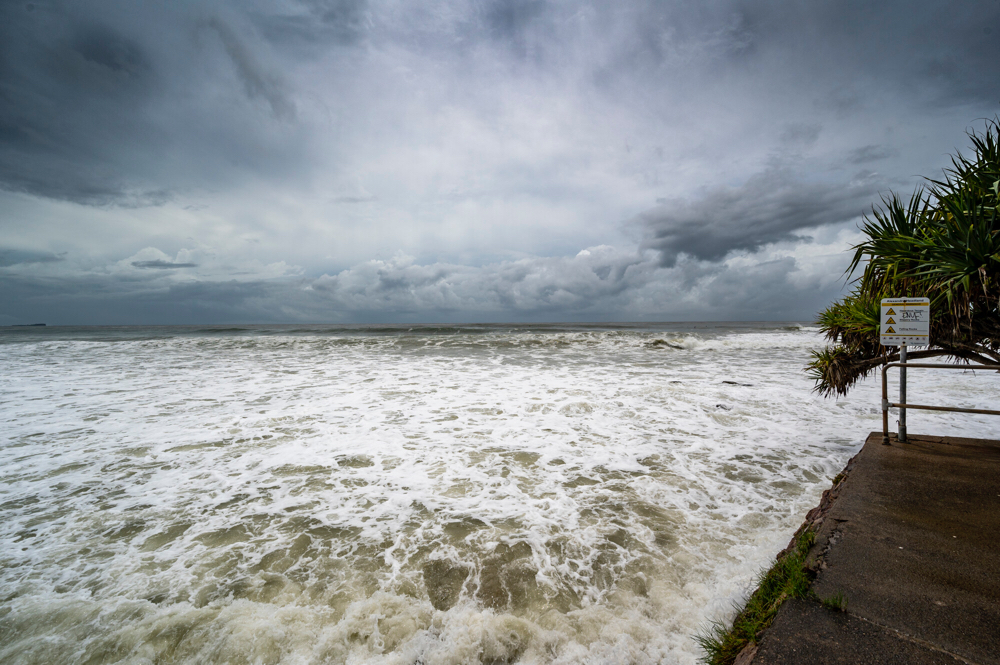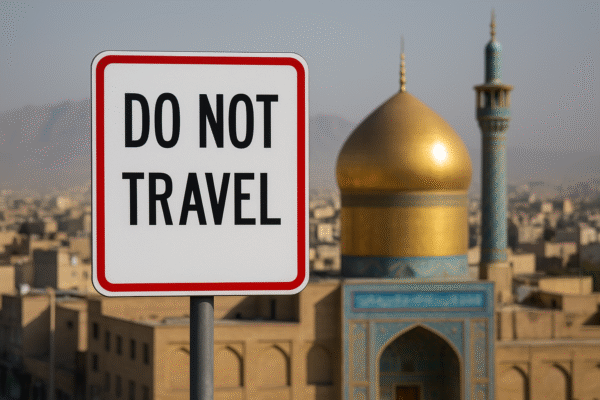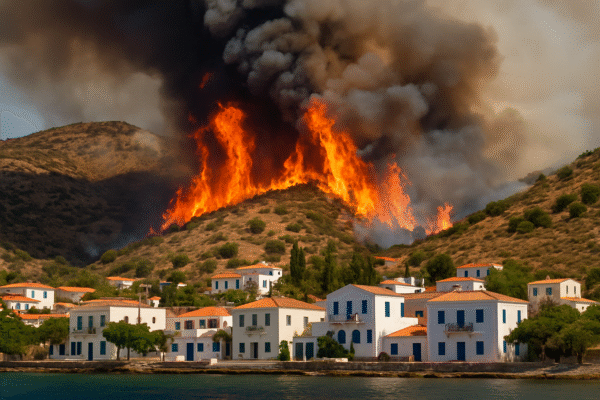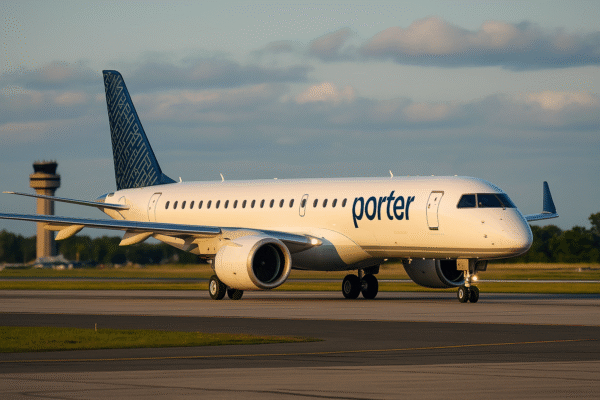Tourists planning a visit to Leh are in for a potentially frustrating start to their journey, as Delhi Airport has issued an urgent advisory following severe flooding in the Jammu region. Torrential rains have triggered flash floods, landslides, and swelled rivers, forcing flight cancellations and delays and putting infrastructure to the test.
Escalating Flood Crisis in Jammu & Kashmir
Relentless monsoon activity across Jammu and Kashmir has pushed several rivers, including the Ravi and Chenab, well above safe levels. In particular, a surge in water levels following the release from upstream dams caused the Ravi River to breach its banks near Lakhanpur in Kathua. As floodwaters engulfed nearby areas, even the CRPF battalion office had to be relocated to safety. In Doda district, the swollen Chenab River overflowed around Pul Doda, inundating local neighborhoods and raising alarms in Doda city, Kishtwar, and Bhaderwah.
The flood situation has triggered widespread emergency efforts. Roads in low-lying and hill regions have become impassable following repeated landslides, while educational institutions across Jammu division have shut their doors. Board examinations have been postponed, and schools remain closed as rescue teams navigate damaged infrastructure and disrupted communication lines.
Tragically, a landslide on the Vaishno Devi pilgrimage route claimed multiple lives, amplifying the urgency of evacuation and rescue operations. Reports indicate the death toll could climb, as more victims remain unaccounted for.
Delhi–Leh Flight Disruptions
Amid the raging monsoon, flight services to Leh have been severely affected. Delhi Airport has publicly urged passengers to check with their airlines for the latest updates before heading to the airport. Several flights have been canceled or delayed, with some diverted mid-air as conditions at Leh Airport deteriorated.
On top of these challenges, heavy rainfall left the runway at Leh Airport covered in mud, forcing its closure until at least the next morning, and bringing the airport’s timely operations to a halt. This has stranded hundreds of travelers and necessitated rescheduling or cancellations by airlines mid‐stream. Passengers are now grappling with uncertainty, despite efforts to offer refunds or rebooking options.
Safety Precautions for Travelers
For anyone traveling to or through Leh during this volatile period, here are some critical safety tips:
- Check Flight Status Regularly
Stay in constant contact with your airline for updates on delays, cancellations, or diversions. - Plan Flexibly
Delays are likely to persist. Have backup plans for accommodation, transport, and onward travel. - Avoid Affected Roads
Flooded roads and landslides in Jammu and Kashmir can pose severe risks. Avoid travel through impacted routes unless absolutely necessary. - Prepare for Emergencies
Carry emergency contact numbers, monitor local advisories, and be ready to pivot plans quickly.
Humanitarian and Infrastructure Response
Authorities have deployed disaster response teams across flood-hit zones, with rescue operations on high alert. Emergency shelter for displaced individuals is being set up, while officials continue repair work on damaged roads, bridges, and communication links.
Flood control teams are actively monitoring river gauges and infrastructure vulnerabilities. As the weather remains unstable, even more rain and flash floods could emerge in the coming days, prompting preemptive evacuations in vulnerable regions.
Tourism Outlook and Resilience
Leh, a favored gateway to the Ladakh region, relies heavily on stable air connectivity. This disruption sheds light on how monsoon extremes can paralyze travel and tourism. Yet, with prepared infrastructure and emergency protocols, the region can bounce back quickly—if travelers remain informed and authorities continue coordinated relief efforts.
This situation also highlights the importance of resilient planning in tourism. For travelers, displaying patience and flexibility, and for authorities, ensuring robust contingency protocols are in place, will be key to minimizing disruptions.
Final Thoughts: Stay Alert, Stay Safe
As heavy rainfall continues to batter Jammu and Kashmir, travelers must prioritize safety over haste. For those headed to Leh, the message is clear: stay informed, remain flexible, and heed official advisories. While Leh’s rugged beauty and cultural richness draw many visitors, this unfolding crisis serves as a reminder that nature can swiftly disrupt even the best-laid travel plans.
By staying grounded in situational awareness and preparedness, travelers can weather the storm—literally and figuratively—and ensure that when the skies clear, the journey to Leh can continue safely.
For more travel news like this, keep reading Global Travel Wire




